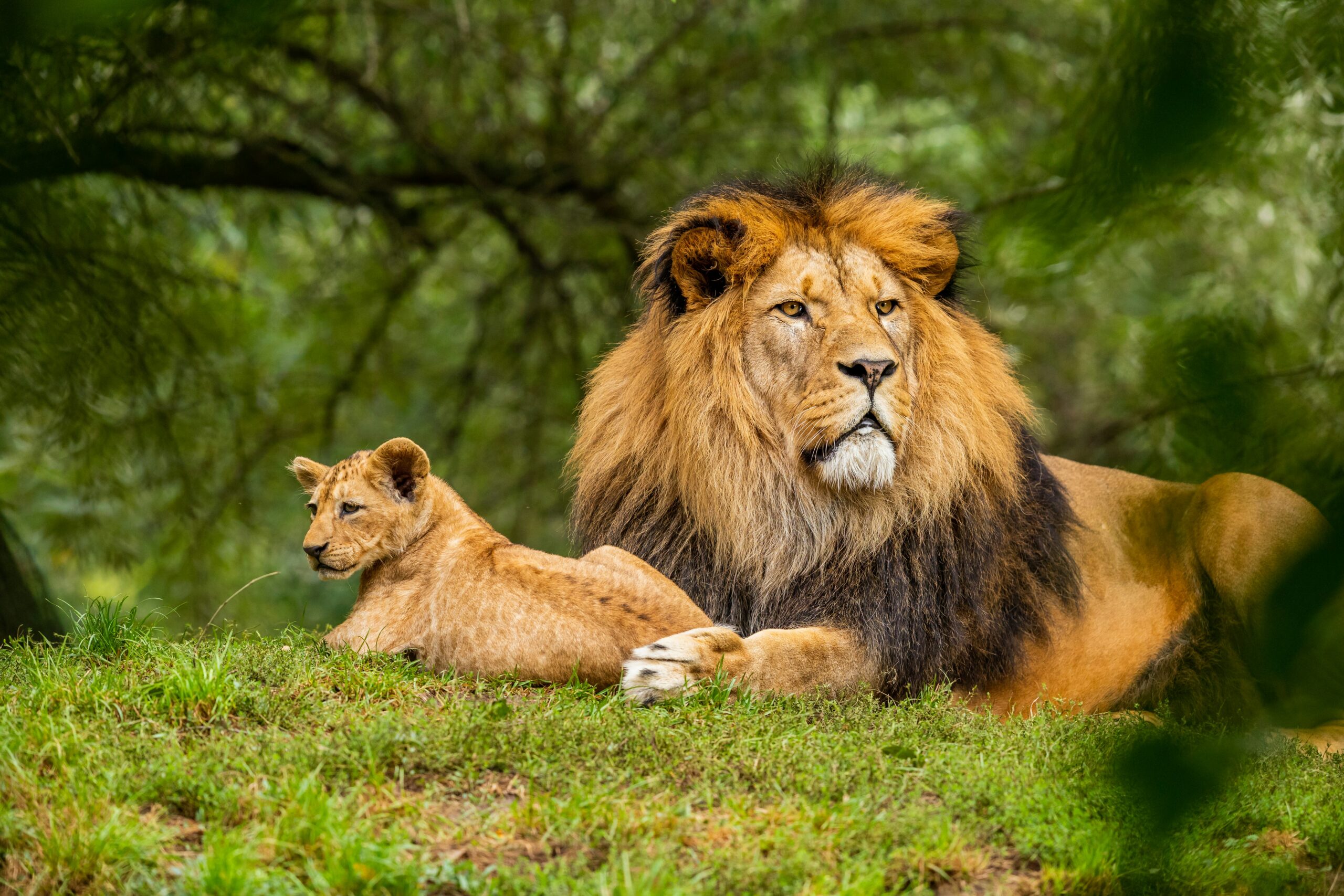Wildlife tourism — like safaris or jungle treks — lets us see animals in their natural homes.
It can be a powerful tool for conservation, but it can also cause harm if done irresponsibly.
The Good Side of Wildlife Tourism
When managed properly, wildlife tourism provides money for local communities and conservation efforts.
It helps pay for:
- National park maintenance
- Anti-poaching patrols
- Animal rescue programs
- Habitat restoration
Visitors who see the beauty of nature often become its strongest protectors.
The Bad Side
Unfortunately, not all tourism is kind.
Some tours keep animals in poor conditions for selfies or entertainment.
Loud crowds, pollution, and habitat destruction can stress animals and drive them away.
How to Be a Responsible Traveler
If you love animals and want to experience wildlife ethically:
- Choose eco-friendly tours that support conservation.
- Avoid touching or feeding wild animals.
- Respect distance — use binoculars or zoom lenses instead.
- Support local guides and parks.



